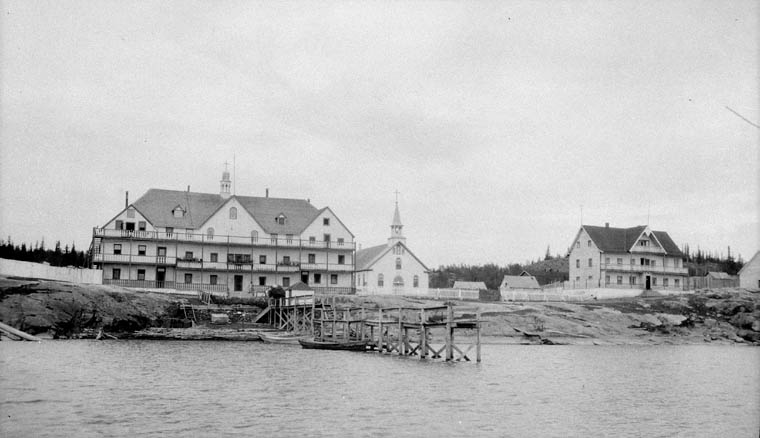Article
Improvement District
Improvement District, a municipal corporation whose powers are exercised by a trustee or board of trustees appointed by the provincial government. Unlike most municipalities, which are subject to the supervision of both the province and local electors, trustees are under provincial supervision only.









